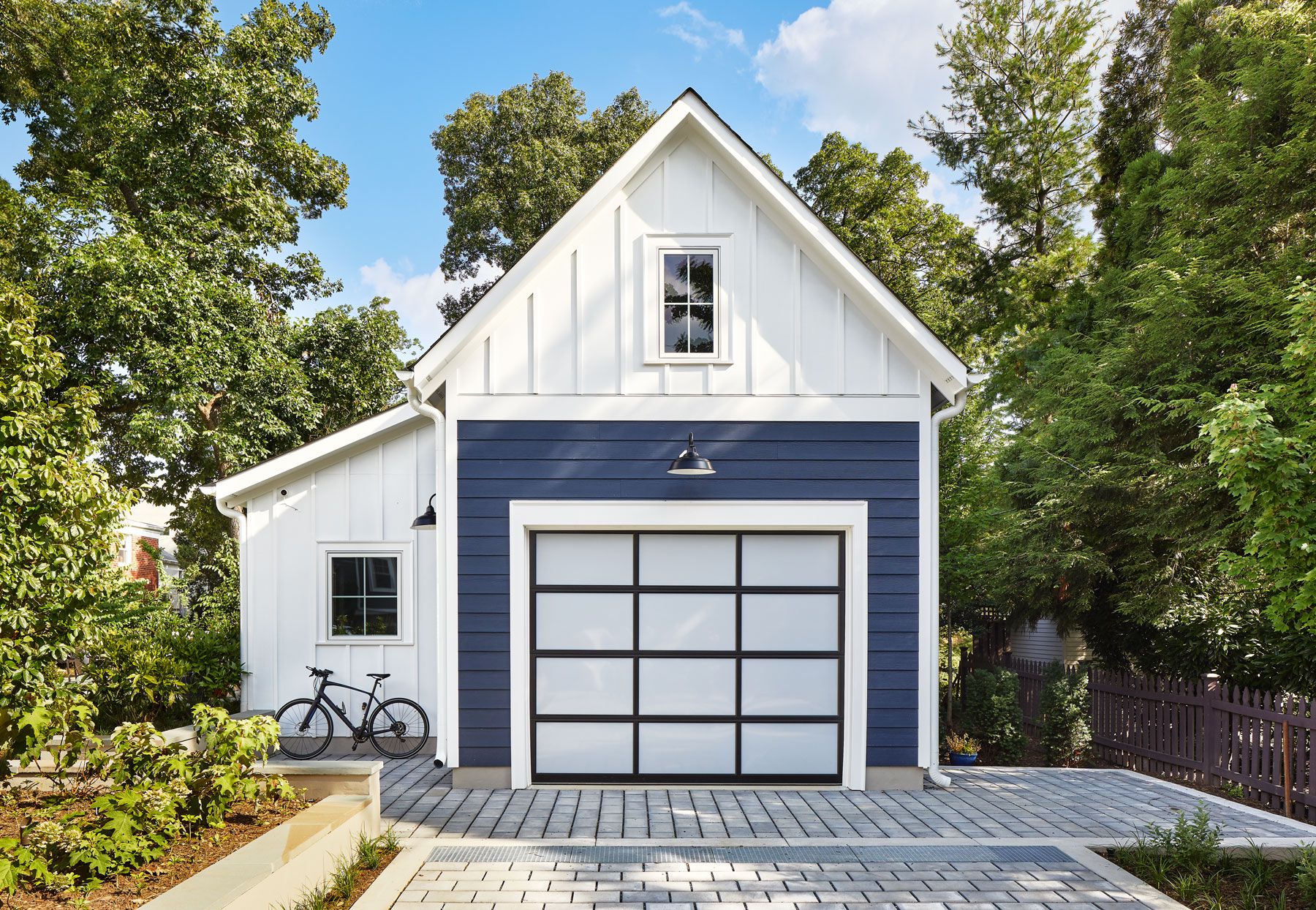Project Overview
-
Working Time:
30 minutes
-
Total Time:
30 minutes
-
Skill Level:
Beginner
-
Estimated Cost:
$0
Power outages can cause several inconveniences, such as thawed frozen food and a loss of power to the HVAC system. In addition, when the power fails, automatic garage door openers no longer function, preventing access to the garage. If the power outage only lasts a few minutes, this might not be an issue, but if you are stuck inside the garage or the power seems like it could be out for an extended period, it’s imperative to know how to open the garage door.
With safety in mind, garage door manufacturers include an emergency release cord that can be accessed from both inside and outside the garage. Combined with a little physical effort, it should be possible to open the garage door even without electricity. Use this guide for a breakdown of how to open a garage door without power.
Safety Precautions
The purpose of an automatic garage door opener is to avoid the heavy lifting that is otherwise required to open a garage door. So, when the power fails, you must be careful when manually lifting the door to prevent back strain. If the door is too heavy to lift for one person, tackle the job with someone who can lend a hand.
Also, when opening the door, don’t use much force. Otherwise, the door may spring up quickly before slamming back down due to the excessive force and the recoil of the springs. Additionally, when the garage door opener is disengaged, the garage is vulnerable to intruders, so it’s a good idea to keep the manual garage door handle locked and the garage door closed when the garage is not in use.
Instructions
How to Open a Garage Door Without Power from Inside the Garage
-
Unplug the Automatic Opener
Before you can open the garage door manually, it must be disconnected from the garage door opener. However, if the garage door opener activates when the garage door is disconnected, it can damage the assembly and complicate the reconnection process. Prevent this problem by locating and unplugging the garage door opener from inside the garage. Leave the automatic opener unplugged until the power is restored.
-
Pull the Emergency Release Cord
Ensure the garage door is fully closed. Then, look for the emergency release cord, which should be hanging down from the track. Typically, the emergency release cord has a red plastic handle, so it should be easy to find.
Pull down on the emergency release cord and away from the door until you hear a click that indicates the garage door is disconnected from the opener. If the garage door won’t disengage, it may be because it isn’t fully closed.
-
Manually Lift the Garage Door
The springs on the garage door can still help lift the bulky weight of the door, so after disengaging the automatic opener with the emergency release cord, you should be able to lift the garage door.
Grab the bottom of the door and lift it, being careful to use your legs instead of your back. If the door is heavy, have a second person assist you in lifting it; just don’t use much force, as this can cause the door to shoot up suddenly before slamming back down.
When you are done in the garage, carefully close the door behind you and lock the manual garage door handle to prevent access to the garage.
-
Reset the Opener When Power Is Restored
After the power comes back on, reset the automatic opener. Go into the garage and close the door all the way. Using the emergency release cord, pull down and toward the garage door until you hear a click to engage the garage door opener. On some models, you may also be able to engage the garage door opener by pushing up on the base of the cord using a broomstick.
Plug in the garage door opener and slide the garage door along the track until the attachment point is re-engaged. Alternatively, you can press the garage door opener button on the remote to allow the opener carriage to reconnect automatically. Test the garage door opener a few times to verify that the garage door is connected and working correctly.
How to Open a Garage Door Without Power from Outside the Garage
-
Locate the Emergency Release Lock
Garage door opener manufacturers include an emergency release lock on the outside of the door that can be used to access the emergency release cord. Find the lock on the outside of the garage door and open it using the key provided at the time of installation.
The emergency release lock usually blends in by sitting flush with the garage door, but it is almost always located in the center, near the top of the door. If you don’t have the key for the emergency release lock, you won’t be able to open the garage door from the outside.
-
Pull the Emergency Release Cord
Use the key to open the emergency release lock. The emergency release cord will pop out toward you. Pull the emergency release cord until you hear a click that indicates the garage door opener has been disengaged.
-
Unlock the Garage Door Handle
Locate the garage door handle lock, usually found in the center of the garage door, just above the handle. The lock may also be located in the center of the handle, depending on the garage door design. Insert the key provided for the lock at the time of installation. Turn the key and twist the garage door handle to unlock it.
-
Manually Lift the Garage Door
One or two people should now be able to lift the garage door. Grab hold of the garage door handle at the bottom of the door and pull up on the door to open the garage. Make sure you don’t pull hard, as this can cause the garage door to jolt up, before slamming back down with significant force.
After opening the garage door, unplug the door opener to ensure it will not activate while disconnected. If the power comes back on and the garage door opener activates, it may damage the assembly and complicate the reconnection process.
Leave the garage door opener unplugged until power is restored. When you are done in the garage, close the door behind you and lock the garage door handle to prevent the door from being opened manually.
-
Reset the Opener When Power Is Restored
When the power returns, head back to the garage to reset the automatic opener. After entering the garage, close the door all the way. Pull down and toward the garage door on the emergency release cord until you hear a click to engage the door opener. You may also be able to engage the garage door opener by pushing up on the base of the cord using a broomstick until you hear a click.
Once the emergency release cord is connected, you can plug in the opener and manually slide the garage door along the track until the attachment point is re-engaged. A simpler method is to press the garage door opener button on the remote. This allows the opener carriage to reconnect automatically. Finally, test the garage door opener to make sure the garage door is connected and working properly.



